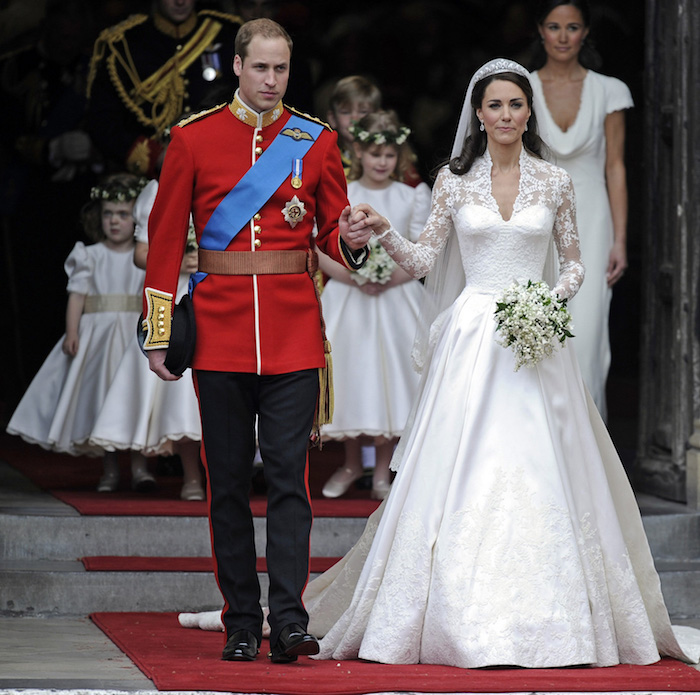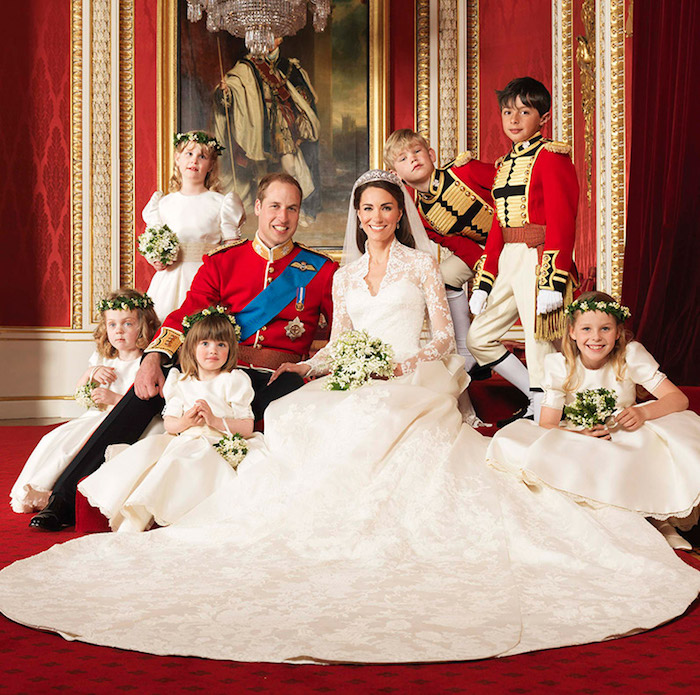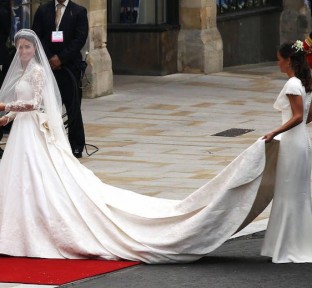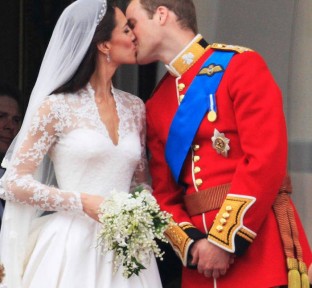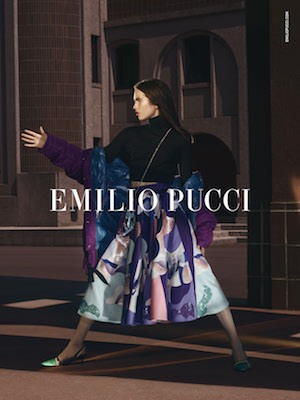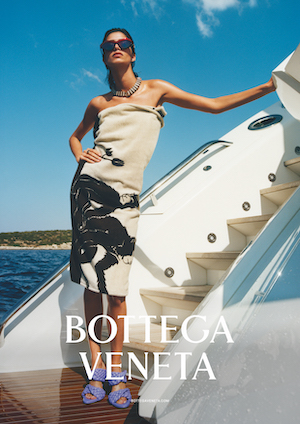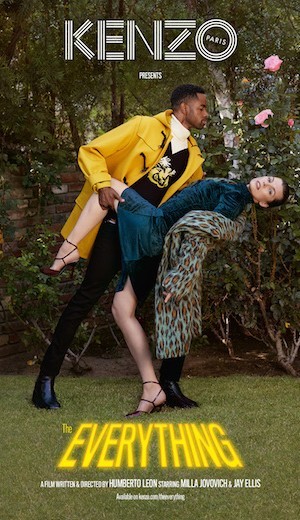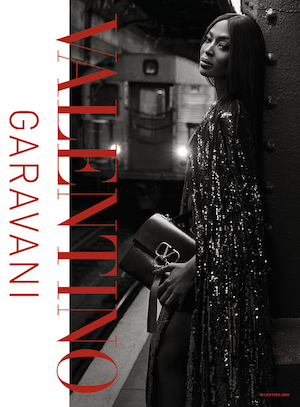Celebrity Weddings
A Wedding To Remember: Prince William & Catherine Middleton
May 19, 2011
On April 29th, 2011, the long awaited Royal Wedding of Prince William and Miss Catherine Middleton took place. Nearly two billion people worldwide watched this historic wedding, while in London, over one million people lined the streets. Some had come the evening before, others early in the morning. Standing shoulder to shoulder, waving the Union Jack flag, they cheered at absolutely everything!
The wedding procession that took place was nothing short of extraordinary. From marching bands and grand horses lined up in rows of four, to royal carriages, bright red uniforms, and of course, the Royal family in all their glory… everything seemed straight out of a storybook!
From the dress and the ring, to the flowers and the cake, here are the details of the most-watched wedding in history!
The Engagement
The couple got engaged on a private vacation in Kenya during October of 2010. Although the couple had talked about marriage previously, the location of the proposal was a complete surprise to Miss Middleton. The official engagement photos, however, were taken back in England at St. James Place by famed photographer Mario Testino.
The Dress
There was much speculation and hysteria over who would design Miss Middleton’s wedding gown. Many world renowned designers sketched their fantasy renderings of what they thought she might wear on her big day. The name of the designer and the actual gown was not revealed until the day of the wedding when she stepped out in front of the cameras. It was widely speculated that, just like all the other aspects of the wedding, the designer and all the materials for the gown and all the craftsmanship of the gown, would be done on British soil, by a British designer. Those speculations turned out to be true!
The designer of the gown was Sarah Burton of Alexander McQueen. Miss Middleton chose the British brand Alexander McQueen for their craftsmanship, imagination, and attention to traditional workmanship. It was very important to Miss Middleton to have a dress that was elegant and traditional, but at the same time modern. Miss Middleton worked very closely with Sarah Burton during all stages of the concept and development of her bridal gown. The gown is estimated at costing between $350,000 and $450,000.
The dress design pays tribute to the arts and crafts tradition, which promotes the use of hand-crafted, home-grown materials and which celebrates traditional craftsmanship using simple forms and often romantic styles of decoration. The designs by Ms Burton draw on this legacy, additionally giving the cut and the elaborate embellishment a distinctive, contemporary and feminine character. All the Chantilly lace was cut by hand in floral motifs that expressed Miss Middleton’s appreciation for the “Language of Flowers”, a theme that is reflected in her choice of earrings, flowers for the wedding, and even the wedding cake.
The Veil and Accessories
The veil was made of layers of soft, ivory silk tulle with a trim of hand-embroidered flowers, which were embroidered by the Royal School of Needlework. The veil was held in place by a Cartier 'halo' tiara, lent to Miss Middleton by The Queen.
The bride's earrings, by Robinson Pelham, were diamond-set stylized oak leaves with a pear-shaped diamond set drop and a pavé set diamond acorn suspended in the center. Inspiration for the design came from the Middleton family's new coat of arms, which includes acorns and oak leaves.
The team at Alexander McQueen hand-made the wedding shoes from ivory duchesse satin with lace which was hand-embroidered by the Royal School of Needlework.
The Ring
Prince William wanted his bride-to-be to have his mother’s ring –– an oval cluster ring with a sapphire center and 14 diamonds surrounding it, set in 18-carat white gold.
The Flowers
London-based designer Shane Connolly designed the floral displays for the Royal Wedding. Mr. Connolly was responsible for directing a team of florists, including those at Westminster Abbey and Buckingham Palace, as well as florists chosen individually by the couple, to create the floral displays at the venues related to the wedding events. Mr. Connolly’s background as a florist is rooted in sustainability and the majority of his work involves live plants rather than cut flowers. The floral displays are rumored to have cost $800,000.
Miss Middleton was very involved in the selection of the floral displays, insisting on using eight living trees in specially-designed planter boxes, some of which were over 20 feet tall! All the plants that were used in the floral displays were native English flowers, nothing was imported. The displays featured beautiful, spring blossoms, as well as azaleas, rhododendron, euphorbias, beech, wisteria and lilac.
"One of the things that has been very important to Miss Middleton is the meanings of flowers and the language of flowers," says Connolly. "We've tried, especially in the wedding bouquets, to make beautiful stories."
After the wedding, the flowers and plants were left in position in Westminster Abbey for one week for the public to view, after which the trees were re-planted at Highgrove Gardens.
Over the past thirty years, Highgrove Gardens have been transformed into innovative gardens by the Prince of Wales. The Prince's strict adherence to organic and sustainable methods of production has helped create gardens which are both magical and intriguing and at the same time environmentally sound, encouraging both plants and wildlife to thrive. Thirty thousand visitors tour the gardens every year, the proceeds of which go to charity. The addition of the trees and plants from the Royal Wedding will be a lovely enhancement.
The Cake
Leicestershire-based cake designer Fiona Cairns created a multi-tiered traditional fruit cake, decorated with cream and white icing, and followed a strong British floral theme using elements of the Joseph Lambeth technique, which was invented and published in 1934. It is derived from a style of decorating that was popular in England where chefs and decorators would use a lot of intricate piping to create 3-D scrollwork, leaves, flowers, and other such decorations on a cake. The official recipe for the fruit cake has not yet been released, but it did contain the following ingredients: dried raisins, walnuts, cherries, grated orange and lemon, and French brandy to soak many of the fruits overnight.
The happy couple chose Fiona Cairns for their special occasion because of her 25-year long experience, creative style, and beautifully-crafted hand-made cakes using traditional British ingredients. Middleton was also very involved in the exact flowers to be created for frosting and decorating the cake. Each detail was picked for its symbolism.
Additionally, the couple also asked McVitie’s Cake Company to create a chocolate biscuit cake – made from a Royal Family recipe, one of Prince William’s favorites – for the Buckingham Palace reception.
The Location
Prince William and Miss Catherine Middleton chose Westminster Abbey as the location for their wedding because of its beauty, historical significance, and centrality. The pair wanted their wedding to be a celebration of the people and of the nation. By holding their wedding festivities in the heart of London with a procession between Westminster Abbey and Buckingham palace, the event really did feel like they were celebrating with their citizens. They purposefully were mindful not to seem too extravagant, while at the same time maintaining the pomp and circumstance that is always expected of the Royal Family.
The Procession
The weather was nice enough for the couple to take the open 1902 State Landau carriage back to the palace. The site of this parade with the mounted police and soldiers in their elaborate ceremonial uniforms, their tall black fur hats and helmets, along with the horse-drawn carriages was one out of a storybook, as if children’s toys had come alive. The entire procession escorted the carriage with the newlyweds, trotting line after line of four matched horses abreast down the wide Mall, around the Queen Victoria Memorial in front of the palace, and through the wide black-and-gold palace gates, as the crowds cheered excitedly waving their flags.
The Music
More than five military bands from across the three services were stationed at various points along the route from Buckingham Palace to Westminster Abbey, these included The Choir of Westminster Abbey, The Chapel Royal Choir, The London Chamber Orchestra, and The Fanfare Team from the Central Band of the Royal Air Force constitute.
The Security
The security for this event cost a whopping 33 million pounds! From snipers on every rooftop to helicopters equipped with video cameras capable of facial recognition from far off distances, Britain made every effort to protect the Royal Family and the crowds who came to see the happy couple celebrate their wedding day. London police escorted the bridal procession, and armed military personnel escorted the couple from the church service. According to Scotland Yard, there were 5,000 police officers on patrol on the wedding day, including 200 mounted police and 35 sniffer dogs. Thankfully all this attention to security paid off; there were only a few arrests and most of these were due to public drunkenness.
The Guests
Royal fanatics were left puzzled when it was leaked that the President of the United States and the First Lady were left off the wedding guest list. However, since Prince William is only second-in-line to the throne behind his father, the wedding doesn't count as an official State occasion. This must have come as a bit of relief to the young couple, who avoided the pressure of filling Westminster Abbey with foreign heads of state (Charles and Diana, on the other hand, had to invite first couples the world over).
Although the guest list was long, and included many diplomats and religious figures, the couple did not turn the event into a show business event by inviting prominent film stars and pop stars who didn't have a personal connection to the royals. Prince William and Miss Middleton invited 1,900 of their closest friends and family, and a handful of charity workers, ordinary citizens, and celebrities who have had an impact on their lives.
Elton John was present, but other major British figures like Paul McCartney were left off the list. Other celebrities invited included Guy Richie, Rowan Atkinson, David Beckham and his wife Victoria.
Members of the Royal Air Force Search and Rescue Force Squadron Prince William belongs to also made the guest list, and even the ex’s were not left out of the ceremony; Kate Middleton's former boyfriends Willem Marx and Rupert Finch were present, along with Prince William’s first girlfriend Isabella Anstruther-Gough-Calthorpe, and former fling Rose Farquhar.
The Gifts
Taking a non-traditional approach to gifts at their wedding, Prince William and Miss Middleton specifically requested that their guests not buy them any wedding gifts. Instead, the pair created a charitable gift fund by carefully selecting 26 of their favorite charities. Anyone who wished to send a wedding gift was encouraged to do so in the form of donating to the charity fund. These causes are dear to the hearts of the royal couple and include groups that work with disadvantaged youth, widows of army veterans, organizations working to combat environmental damage and preserve endangered species, as well as organizations against bullying, among others.
The Honeymoon
The newlyweds postponed their honeymoon for two weeks. Prince William works actively for the Royal Air Force as a search and rescue helicopter pilot and he was back to work as usual!
Despite the slight delay, the couple is now spending their honeymoon at an isolated luxury villa in the Seychelles. The villa comes with a personal butler and chef, freshwater rock pool, private garden, open air bathroom, and plenty of white sand! This reportedly costs close to $7,000 per night.a

